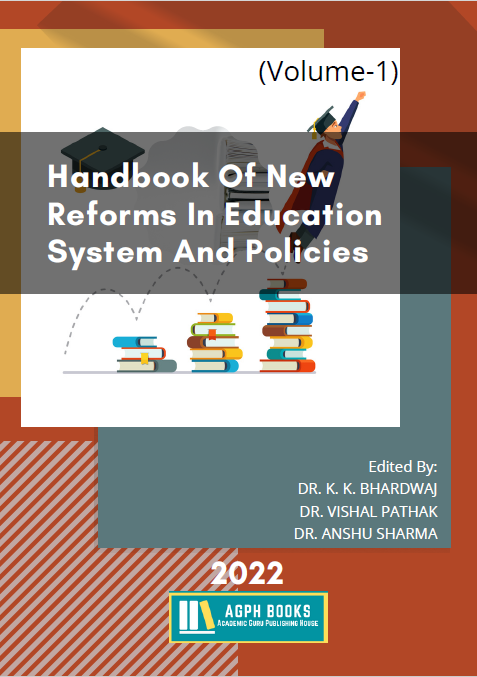Retrospection on Digital Technology in the Field of Education
Keywords:
Digital technology, Education, Online, LearningAbstract
The impact of digital technology on our daily lives has increased, but it has become more apparent to students in our educational system... This can be seen in the increasing use of technology by students, from smartphones and tablets to laptops and other portable electronic devices. Students' increasing reliance on technology has led to an increase in the use of smart boards, computer labs, and online curricula in the classroom. Cyberbullying and plagiarism may be drawbacks of some forms of technology, but these are minor compared to all of the benefits that can be gained from using technology in education. Teachers can use digital technology to help them develop curriculums, to help students work more efficiently, and even to help kids find common ground between the lives they lead at school and at home. Additionally, it has been influenced by the spread of digital technology in education around the world. There is a wealth of information available online that does not limit students to a single point of view. Teaching a lesson can be made more clear and understandable with the help of audio or visual aids.
References
[1] Cambridge Assessment. (2017). Digital technologies in the classroom. https://www.cambridgeinternational.org/Images/271191-digital-technologies-in-the-classroom.pdf Evidence, C. (n.d.). What is it?
[2] Girlando, A. P., & Eduljee, N. B. (2012). Asian Journal of Control. Asian Journal of Control, 14(6), 1771-1771. https://doi.org/10.1002/asjc.637
[3] Ilomäki, L., & Lakkala, M. (2018). Digital technology and practices for school improvement: innovative digital school model. Research and Practice in Technology Enhanced Learning, 13(1). https://doi.org/10.1186/s41039-018-0094-8
[4] Khanzode, C. A., & Sarode, R. D. (2017). Advantages & Challenges for Using Digital Technologies in the Classroom. College of Engineering and Management, March, 1-4. www.ijsr.net
[5] Kumi-Yeboah, A., Kim, Y., Sallar, A. M., & Kiramba, L. K. (2020). Exploring the use of digital technologies from the perspective of diverse learners in online learning environments. Online Learning Journal, 24(4), 42-63. https://doi.org/10.24059/olj.v24i4.2323
[6] NetSafe and Ministry of Education. (2015). Digital Technology: Safe and responsible use in schools. In NetSafe (Issue February). www.netsafe.org.nz
[7] Ng, W. (2015). New digital technology in education: Conceptualizing professional learning for educators. New Digital Technology in Education: Conceptualizing Professional Learning for Educators, February, 1-226. https://doi.org/10.1007/978-3-319-05822-1
[8] Rizk, J., & Davies, S. (2021). Can digital technology bridge the classroom engagement gap? Findings from a qualitative study of k-8 classrooms in 10 ontario school boards. Social Sciences, 10(1), 1-17. https://doi.org/10.3390/socsci10010012
[9] Rodrigues, M., & Biagi, F. (2017). Digital technologies and learning outcomes of students from low socio-economic background: An Analysis of PISA 2015. In Publications Office of the European Union. https://doi.org/10.2760/415251
[10] Silva, U. J. De. (2021). UTILIZING TECHNOLOGY By Presented to the Department of. 1-70.
[11] Viliavin, D. A., Komleva, N. V., & Danchenok, L. A. (2020). Digital Technologies In Online Education. 893-900. https://doi.org/10.15405/epsbs.2020.10.03.105




